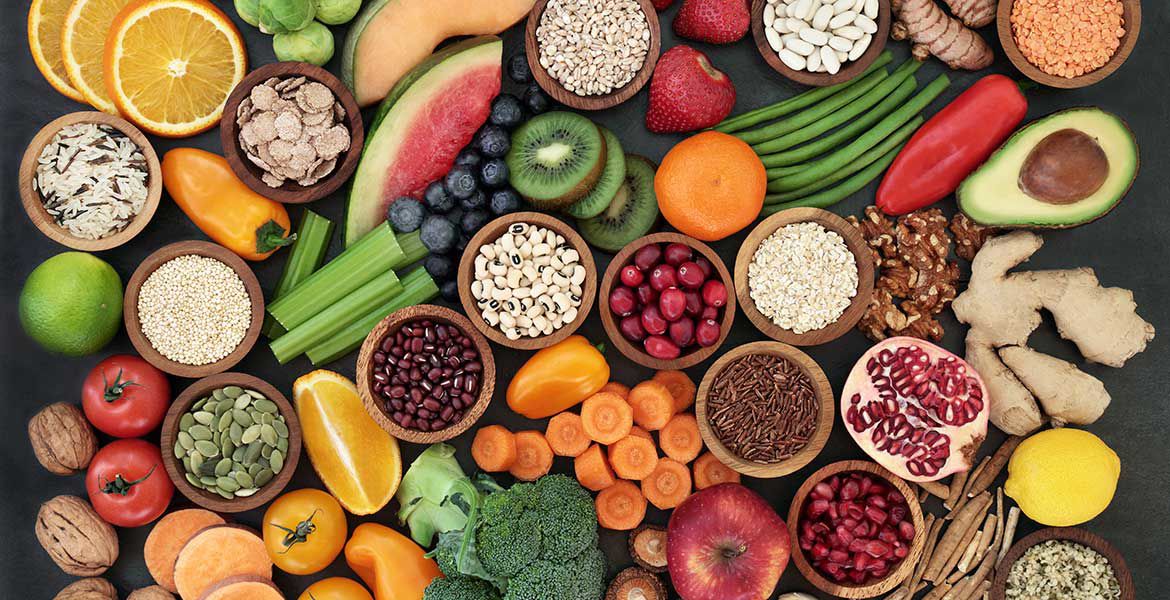Regional flavors, gut-healthy options, plus meats and more are on the menu for 2019, as Oklahoma State University’s Robert M. Kerr Food and Agricultural Products Center selects the hottest food trends for the upcoming year.
Andrea Graves, FAPC business planning and marketing specialist, said change is inevitable and trends help indicate what is coming next.
“Businesses need to pay attention to trends in order to find new growth opportunities and their target audiences,” Graves said. “Understanding these trends helps businesses stay ahead of upcoming change, whether it is regulatory or a new flavor profile. Also, in most cases, consumers drive the trends and are looking for products and companies that are meeting their needs and lifestyles.”
Take a look at the top 10 trends for 2019, according to FAPC.
1. Regional flavors
The United States is a great American melting pot, which brings together flavors from nations around the globe. Each region of the United States has its own flair on foods as well. From tried-and-true barbecue sauces and flavorful potato recipes with a twist, food developers are becoming inspired by Kansas City barbecue, Southern Appalachian pimento cheese, Made in Oklahoma salsas and other areas from sea to shining sea. Consumers will see a growing number of their favorite products influenced by local, regional and global tastes.
2. Gut-healthy options
Studies by medical professionals show a healthy gut is the key to overall wellness, and more than ever before, customers are seeking foods that support self-care and healthy immune systems. Customers will find a rising number of products rich in probiotics and plenty of flavors.
3. Meats and more
“Heme,” derived from the Greek word for “blood,” is at the forefront of food science, forging the way to a more environmentally sustainable meat and protein alternative. Tech-food companies are using it to bring a meaty quality to their plant-based protein products. For those customers who still appreciate a good old-fashion steak, cuts like the Vegas Strip Steak, merlot cut and bavette are making their way into select steak restaurants across the country.
4. No waste
Food waste has been a hot topic in the food industry around the globe for years, so consumers can expect every bit of an edible product to be used on their plate in 2019. Food producers will offer rind of pickled watermelon, pesto made from the stem of some vegetables and other ingenious products made with food waste.
5. Transparency
Consumers want to know the real story behind their food. They have demanded more food transparency in past years, and there is no sign of it coming to an end in 2019. Information on genetically modified products, the seal of fair trade, producers who have grown products and the good treatment of animals all will be factors influencing consumers standing in the grocery aisle.
6. Buggy cuisines
Chefs are looking for new ways to incorporate protein in dishes as food costs continue to rise. Insects are crawling to the top of the popularity list as a sensible choice for a protein substitute. Low in fat and rich in protein, insect powders can be used to enhance your favorite cocktails, and cricket powder may be used to make breads and pastries.
7. Convenience cooking
Subscription boxes filled with fresh produce are popping up at the doors of busy consumers across the nation. New technologies will continue to develop in 2019. These systems will allow consumers to order delivery or subscription services without the touch of a button; all consumers have to do is talk to their voice systems connected to mobile devices to order every item on their grocery list. All this saves time and money.
8. Super powders
Smoothies, nutrition bars, soups, baked goods and more have room to incorporate powders. Maca root, cocoa and turmeric power, among other herbs and roots, are being pursued for their healthy properties and flavors.
9. Less sugar and more flavors
Sugar is on the list of ingredients that will be drastically reduced in 2019. Recent studies show sugar increases the risk of many health issues, so consumers are in search of a replacement through the slow sugar trend. It advocates for replacing sugar with naturally sweetened fruit, as well as root or vegetable derivatives such as honey, stevia, coconut sugar, agave syrup, corn syrup, rice syrup and birch sap.
10. Snap, crackle and puffed foods
Other than the typical French fries, consumers are craving more puffed, crispy and popped foods. In the coming year, pasta, seaweed and rice will be on the list of foods that food scientists will transform.




